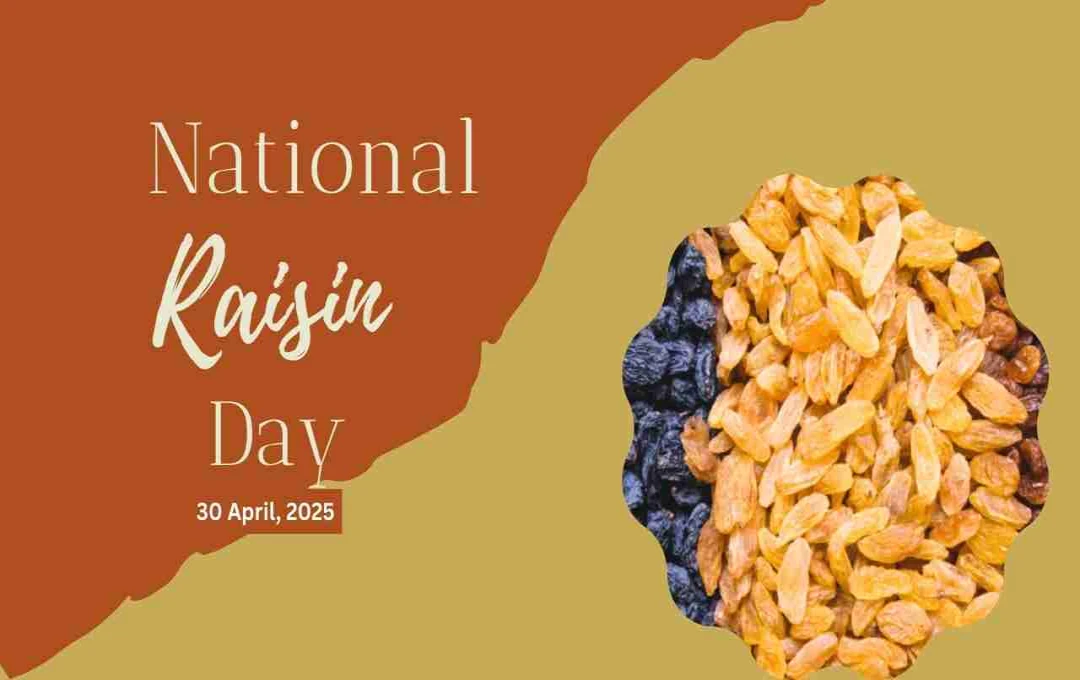India experiences a unique seasonal phenomenon every year during May and June, known as Naunatapa. This nine-day period, characterized by the sun's intense heat, not only signifies the peak of summer but also serves as a crucial indicator of the upcoming monsoon season. Naunatapa holds immense significance for Indian agriculture, meteorology, and traditional beliefs.
Naunatapa 2025 is predicted to occur from May 25th to June 3rd, during which the country may face extreme heat and heatwaves. Let's understand what Naunatapa is, its scientific and astrological aspects, and the potential consequences of insufficient heat during this period.
What is Naunatapa?
Naunatapa translates to "nine days of intense heat," caused by the sun's b influence. These nine days fall between May and June, coinciding with the Jyeshtha month, when the sun enters the Rohini Nakshatra. During this time, the distance between the sun and the Earth is at its minimum, resulting in direct sunlight and intense heat across the country. Temperatures can reach 45-50 degrees Celsius.
This period holds special significance in astrology, as it not only indicates the peak of summer but also provides a forecast for the upcoming monsoon and overall weather patterns.
Naunatapa 2025: Dates

Naunatapa 2025 will occur from May 25th to June 3rd. The sun will enter the Rohini Nakshatra at 3:27 AM on May 25th and remain there until June 8th. Intense heat and potential heatwaves are anticipated across the country during this period.
Why is the Heat so Intense During Naunatapa?
The sun's intensity is attributed to its proximity to the Earth during this time. Astrologically, the sun's entry into the Rohini Nakshatra is considered a significant source of heat for the Earth. The direct sunlight impacts weather patterns, causing widespread heat across India, with temperatures reaching up to 45 degrees Celsius. Heatwaves and hot winds further exacerbate the challenging conditions.
Consequences of Insufficient Heat During Naunatapa
Naunatapa signifies not only the peak of summer but also serves as an indicator of future weather patterns. Reduced solar intensity during this period can directly affect the monsoon. Scientifically, insufficient heat can lead to reduced rainfall. This may result in drought and erratic weather patterns, impacting farmers significantly. Adequate rainfall is crucial for crop growth; insufficient heat may delay the monsoon, negatively affecting agriculture.
Furthermore, the intense heat typically kills many insects and pests. A lack of intense heat can lead to increased pest activity, resulting in crop damage and the spread of diseases.
Impact of Naunatapa on Indian Farmers

The nine days of Naunatapa are crucial for Indian farmers. Farmers believe that greater intensity of heat during this period leads to more rainfall, benefiting their crops. Extreme heat during Naunatapa is considered a positive indicator for a good monsoon. Additionally, the heat not only benefits crops but also helps control the population of insects and scorpions.
The Importance of Balanced Heat and Rainfall
The balance between the increasing heat during Naunatapa and the anticipated monsoon is crucial for maintaining a healthy weather pattern. Excessive heat without sufficient rainfall can lead to droughts, causing agricultural distress and water scarcity. Conversely, insufficient heat can disrupt the monsoon cycle, affecting the entire year's weather patterns.
Naunatapa 2025's weather is highly significant for Indian agriculture, the environment, and lifestyles. The sun's intensity and heat are key indicators of future monsoon patterns. Insufficient heat during this period could be a cause for concern for farmers. Therefore, this period is not just a marker of intense heat but a crucial indicator of the entire weather cycle.














